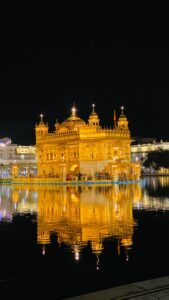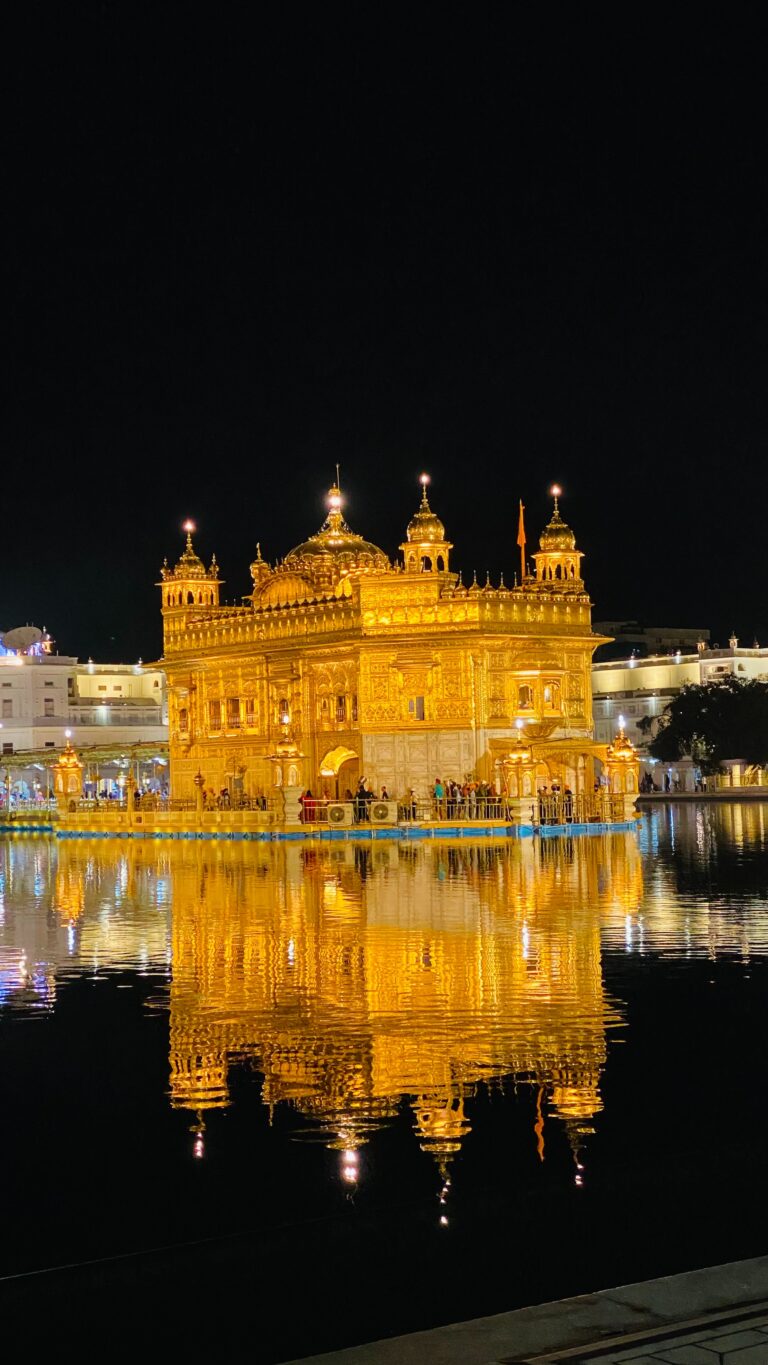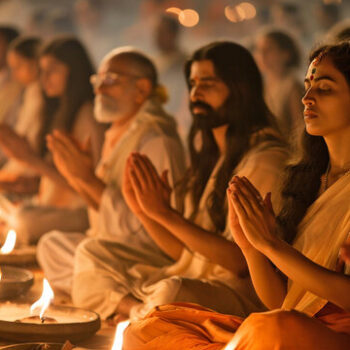Temple Rules and Guidelines: The Golden Temple, being a place of worship and spiritual significance, follows certain rules and guidelines to maintain its sanctity and ensure a harmonious environment for all visitors. If you plan to visit the Golden Temple, here are some common rules and guidelines you should be aware of:
Dress Code: All visitors are required to cover their heads as a sign of respect when entering the Golden Temple complex. It is customary to wear a head covering, such as a scarf or handkerchief. If you forget to bring one, you can borrow a head covering at the entrance.
Footwear: Before entering the temple premises, visitors must remove their shoes and wash their feet at the designated wash areas. There are shoekeeping facilities available where you can safely store your footwear.
Modesty: Dress modestly when visiting the Golden Temple. Avoid wearing revealing or inappropriate clothing that may be considered disrespectful to the sacredness of the place.
Silence: Observe silence and maintain a quiet atmosphere inside the main hall (Darbar Sahib) of the Golden Temple as a mark of respect to those engaged in prayers and meditation.
Photography: Photography is allowed in most areas of the Golden Temple complex, but it is strictly prohibited inside the main hall where the Guru Granth Sahib is kept. Always seek permission before taking photographs of individuals, and be mindful not to disturb others.
Smoking and Alcohol: Smoking, consuming alcohol, and carrying tobacco products are strictly prohibited within the Golden Temple premises.
Langar (Community Kitchen): The Golden Temple serves free meals (Langar) to all visitors, regardless of their background. If you wish to partake in the Langar, follow the instructions and guidelines provided by the Langar volunteers.
Personal Hygiene: Maintain proper hygiene while visiting the Golden Temple. Wash your hands before entering the main hall or partaking in the Langar.
Respectful Behavior: Show respect and humility when interacting with the Guru Granth Sahib, the Granthi (reader), and other individuals at the Golden Temple. Avoid pointing your feet towards the Guru Granth Sahib or stepping over anyone's legs.
Donations: The Golden Temple operates on voluntary donations. If you wish to contribute, you can do so at the designated donation counters. However, avoid giving money to beggars or unauthorized individuals within the temple premises.
Mobile Phones: Switch off or put your mobile phone on silent mode while inside the main hall to avoid disturbing others.
![]()


















good temple
yes very good
Hi!